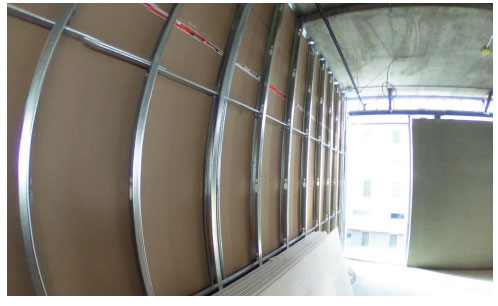The Open Civil Engineering Journal is an open-access journal that publishes research, reviews/mini-reviews, letter articles, and guest-edited single-topic issues in all areas of civil engineering.
The Open Civil Engineering Journal, a peer-reviewed journal, is an important and reliable source of current information on developments in civil engineering. The topics covered in the journal include (but are not limited to) planning, design, construction, and maintenance of concrete structures and construction materials. Other areas include structural mechanics, soil mechanics, foundation engineering, offshore geotechnics, water resources, their use and control, hydraulics, horology, coastal engineering, river engineering, transportation engineering, municipal engineering, ocean modeling, fluid-solid-structure interactions, offshore engineering, earthquake engineering, marine structures, constructional management, IoT applied to continuous monitoring and SHM, extreme events analysis, Machine learning routines, Digital Twins and BIM for maintenance and repair and other civil engineering relevant areas. The journal is essential reading for researchers, engineers, and academic and industry professionals.
The Open Civil Engineering Journal is an international, peer-reviewed, open-access journal covering all aspects of civil engineering published continuously by Bentham Open.





